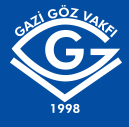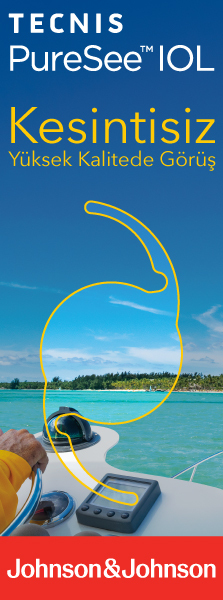2M.D. Professor, Gazi University Faculty of Medicine, Department of Ophthalmology, Ankara/TURKEY
3M.D. Asistant, Gazi University Faculty of Medicine, Department of Ophthalmology, Ankara/TURKEY Purpose: To evaluate the long-term visual acuity and anatomical results of intravitreal bevacizumab injection for macular edema secondary to branch retinal vein occlusion.
Materials and Methods: Twenty-three eyes of 23 patients with macular edema secondary to branch retinal vein occlusion who had intravitreal bevacizumab injections and had at least 12 months of follow-up were included. Patient charts were reviewed retrospectively, and fluorescein angiography and optical coherence tomography data were evaluated. Patients who had macular ischemia, optic nerve neovascularization, retinal neovascularization, treatment for macular edema in the 6 months before bevacizumab treatment, vitreoretinal surgery and cataract surgery in the 6 months prior to bevacizumab treatment were excluded.
Results: Twenty-three eyes of 23 patients with a mean age of 58.5 (30-81) years were included. Mean follow-up time was 14 months (12-22). Preinjection mean macular thickness was 610 µ (300-930 µ), mean best corrected visual acuity (BCVA) was 1.1 logMAR (0.3-2 logMAR). At the last visit, mean macular thickness was 240 µ and BCVA was 0.6 logMAR (0.0-1.6 logMAR). The comparison of preinjection and last visit values of mean macular thickness and BCVA was statistically significant (p<0.05). BCVA was improved by a mean 0.5 logMAR. During the mean 14 months follow-up period, the injection per eye value was only 2 (1-6).
Conclusion: Most of the cases (65%) had long-term anatomical and functional improvement with single or multiple intravitreal bevacizumab injections. A minority of the cases did not improve even with multiple injections. Unresponsive macular edema cases might benefit from other intravitreal agents or vitrectomy.
Keywords : Retinal, vein occlusion, macula, macular edema, bevacizumab




